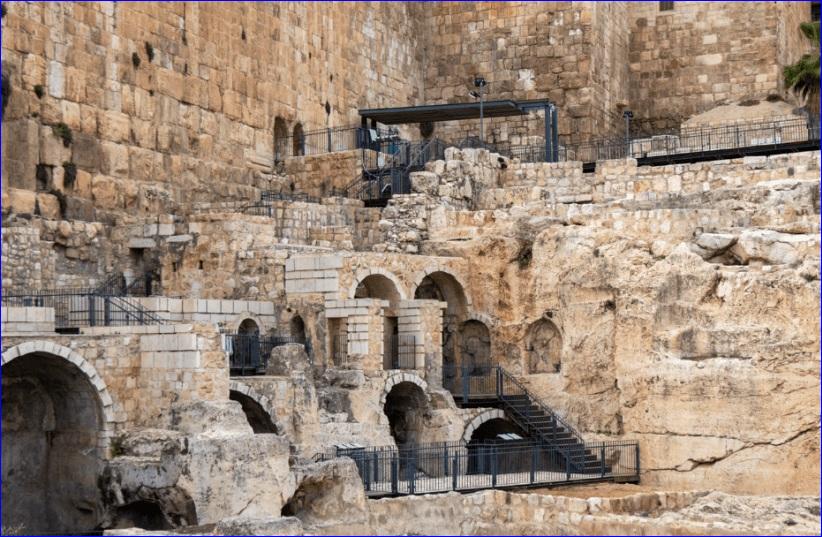


According to the study, Late Iron IIA Lachish (Level IV) yielded an unusual cache of high-end objects: precious metals like silver and gold foil, semi-precious stone beads, and carved ivory items. Archaeological layers show a thriving elite culture, bolstered by rock-cut chamber tombs that contained plentiful jewelry, pendants, and other luxurious items.
The study proposes these conspicuous consumption patterns may reflect vassalage under Aram-Damascus. While evidence indicates King Hazael's aggressive expansion across the southern Levant, Lachish appears to have remained intact--likely trading loyalty for wealth. This scenario parallels later Jerusalem, where eighth-century BCE levels reveal a surge of ivory carvings and exotic goods once the city became a prosperous Assyrian vassal.
In contrast, researchers found that Jerusalem's record in the ninth-century BCE contains fewer imported luxury goods, despite grand construction projects. Meanwhile, Lachish's fortunes faded in the eighth century BCE as Jerusalem rose in prominence, culminating in a sweeping Assyrian influence that transformed Judah's capital into a bustling, well-appointed city.
The study underscores how an imperial power's strategy--handing out prestige items and privileges--could tip a site toward sudden economic growth, only to see its influence wane when power blocs shifted. Scholars say this evidence adds a layer of complexity to how regional centers in the Iron Age southern Levant navigated alliance-building and resource control.

or register to post a comment.